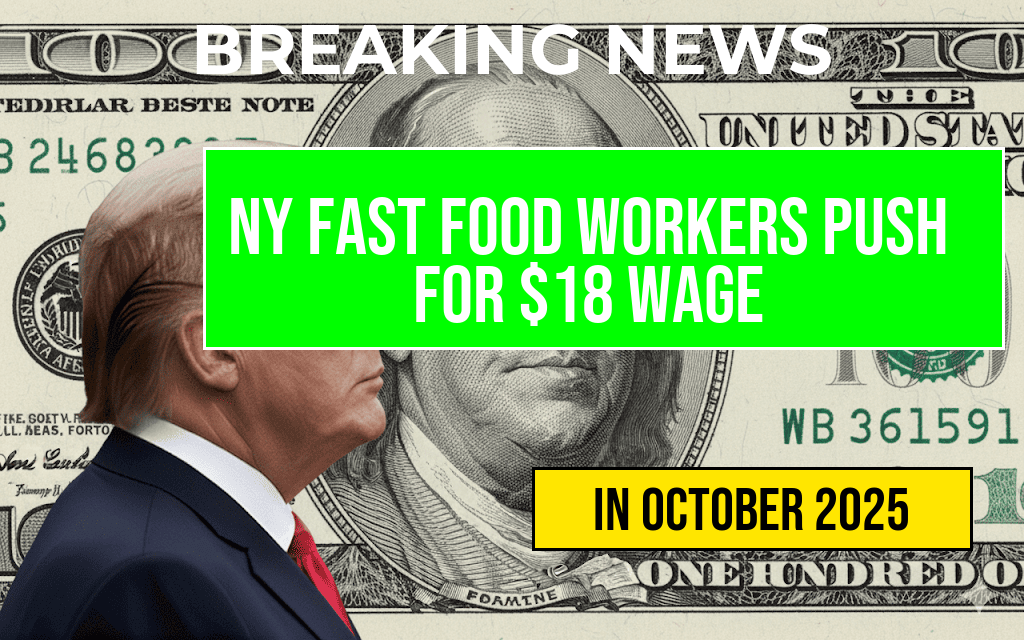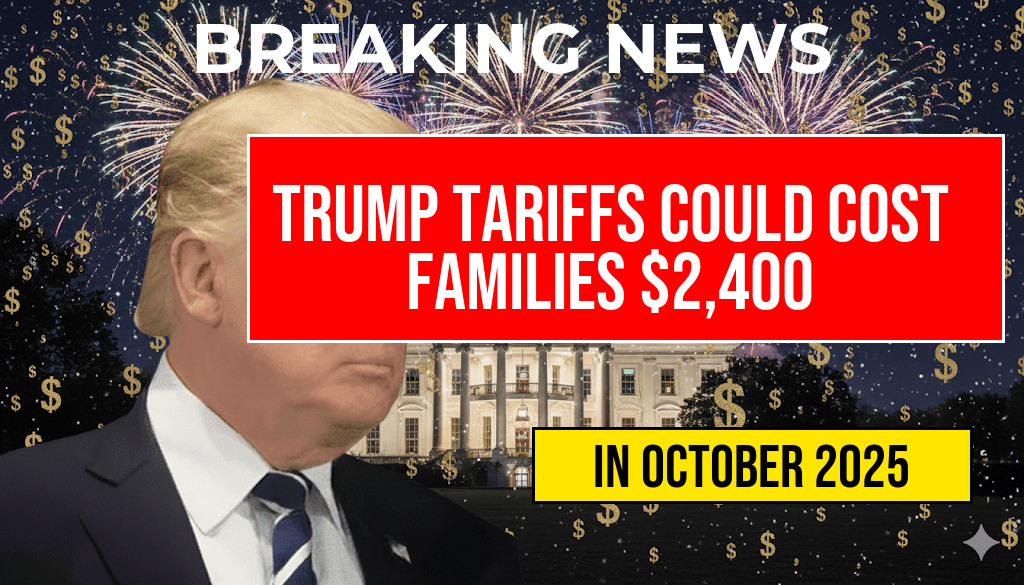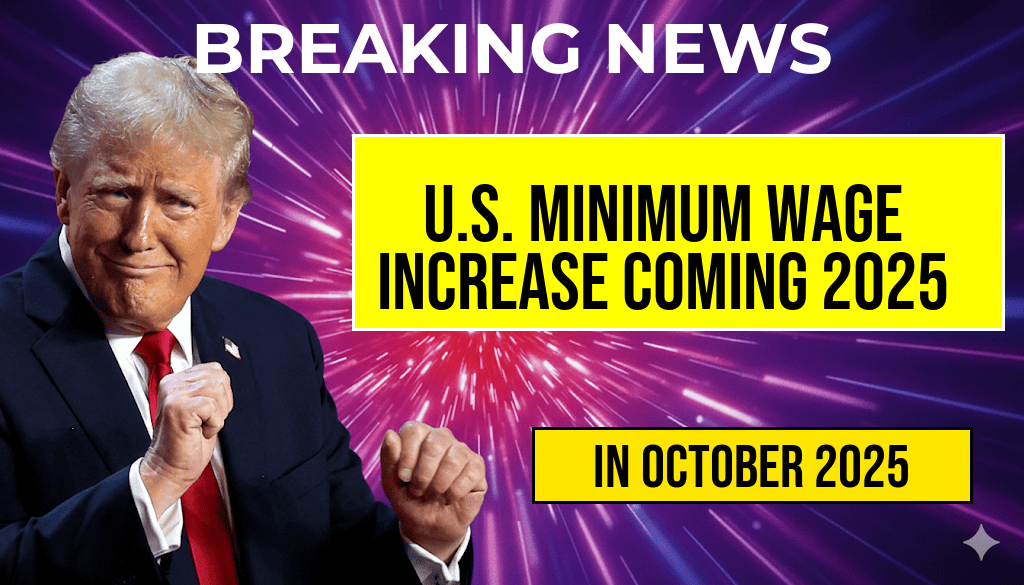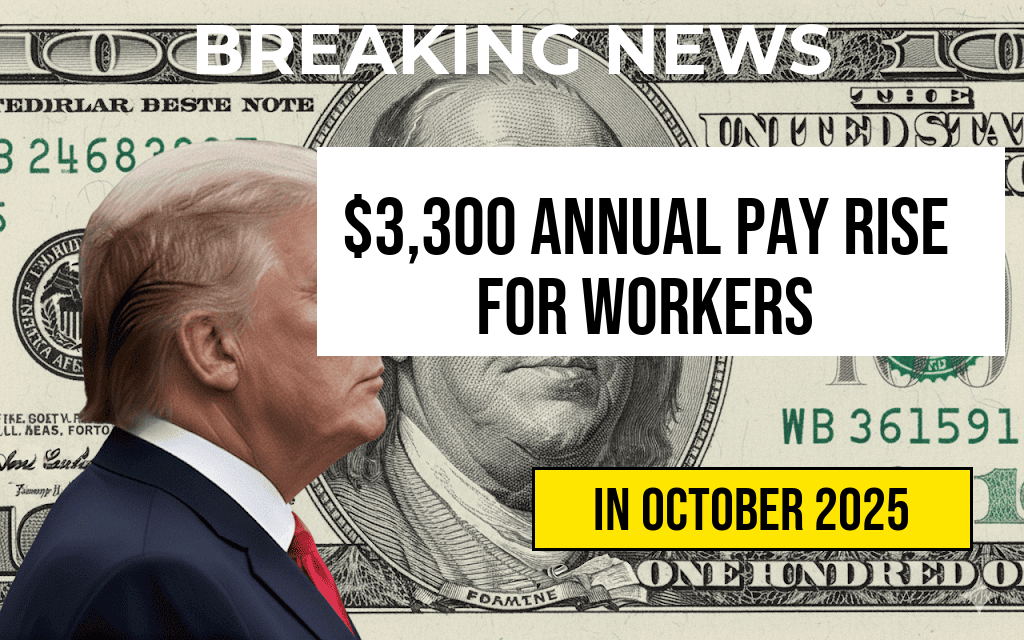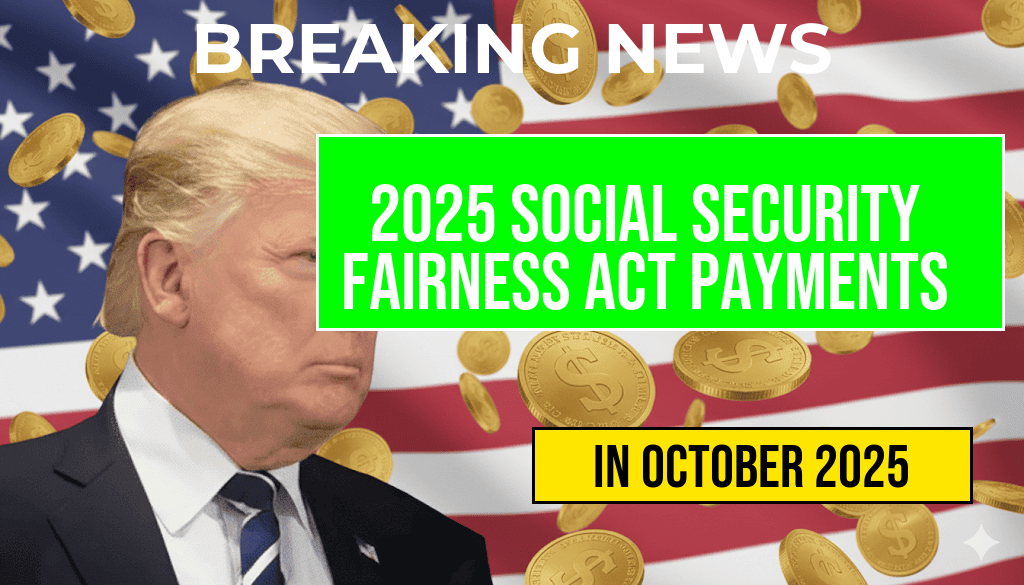The U.S. is preparing for an increase in the federal minimum wage, set to take effect in 2025. This change comes as a response to ongoing discussions about living wages and inflation, with new hourly pay rates slated to be implemented on October 4, 2025. The increase aims to address the cost of living challenges faced by millions of American workers. While the federal minimum wage has remained stagnant at $7.25 per hour since 2009, the upcoming adjustments signal a shift toward more substantial wage policies. Various states and cities have already enacted their own minimum wage increases, reflecting a growing movement toward ensuring fair compensation for all workers.
Details of the Minimum Wage Increase
The new federal minimum wage will see a gradual increase over several years, culminating in a more equitable pay structure for low-income workers. Here are the key details regarding the change:
- Effective Date: October 4, 2025
- Initial Increase: The minimum wage will rise to $9.50 per hour.
- Subsequent Increases: The wage will be adjusted to $10.50 in 2026 and $11.50 in 2027.
- Final Rate: By 2028, the minimum wage will reach $12.00 per hour.
Impact on Workers and Employers
The wage increase is expected to have a significant impact on both workers and employers across the nation. For many low-income employees, this change could mean a substantial boost in purchasing power, enabling them to better manage living expenses. However, businesses, particularly small enterprises, may face challenges in adjusting to the higher wage rates.
According to a report from the Economic Policy Institute, approximately 32 million American workers currently earn at or below the federal minimum wage. The adjustment is anticipated to benefit a large portion of this demographic, potentially lifting many out of poverty.
State Variations and Local Responses
While the federal increase is poised to provide relief for many, states retain the authority to establish their own minimum wage laws, which can often exceed federal requirements. For instance:
| State | Minimum Wage |
|---|---|
| California | $15.50 |
| New York | $15.00 |
| Florida | $11.00 |
| Texas | $7.25 |
States like California and New York have already adopted higher minimum wages, reflecting regional economic conditions and the higher cost of living. In contrast, states such as Texas maintain the federal minimum, highlighting the disparities in wage policies across the country. Local governments are also empowered to set their own rates, leading to further variability.
Reactions to the Increase
The announcement of the upcoming wage increase has elicited a range of responses from various stakeholders. Labor advocates have praised the decision, arguing that it is long overdue and essential for improving the quality of life for low-wage workers. In contrast, some business owners express concern about the potential impact on their operations, particularly in industries that rely heavily on minimum wage employees.
Organizations like the National Federation of Independent Business (NFIB) argue that while higher wages are beneficial, they must be balanced with considerations for small businesses that may struggle to meet the increased payroll demands. The NFIB emphasizes the importance of a gradual approach to wage increases to mitigate adverse effects on employment and business viability.
Future Considerations
As the effective date of the minimum wage increase approaches, policymakers, business leaders, and labor organizations will continue to engage in discussions about the future of wage standards in the U.S. The ongoing dialogue will likely address how to balance fair compensation with the economic realities faced by businesses.
For more information on the implications of the minimum wage increase, you can refer to resources from the Economic Policy Institute or the U.S. Department of Labor.
Frequently Asked Questions
What is the new minimum wage rate set to take effect in 2025?
The new minimum wage rate will be increased to $15 per hour, effective October 4, 2025.
How will the minimum wage increase impact workers?
The increase in minimum wage is expected to provide higher earnings for low-income workers, helping to improve their overall financial stability.
Are there any exceptions to the new minimum wage law?
Yes, certain categories of workers, such as tipped employees or those under 18, may have different minimum wage requirements based on specific regulations.
What should employers do to prepare for the upcoming minimum wage increase?
Employers should review their current pay structures, budget for the increase, and ensure compliance with the new minimum wage law by the effective date.
Will the minimum wage continue to increase in the future?
While the current plan is set for 2025, future increases will depend on legislative decisions and economic conditions, so it’s important to stay informed about potential changes.

